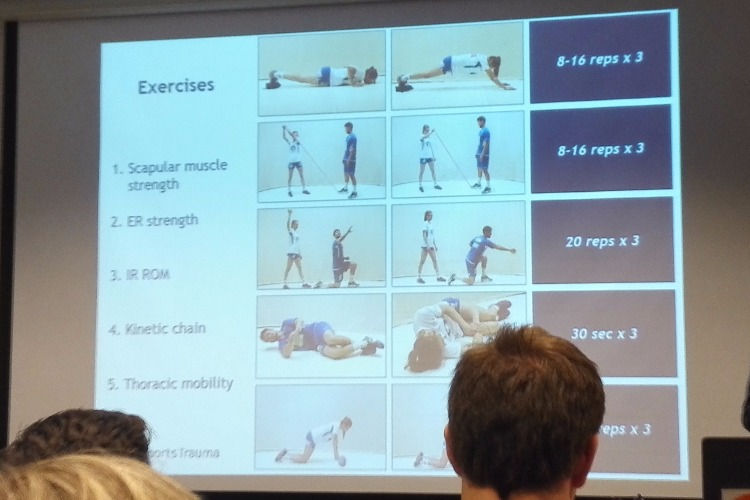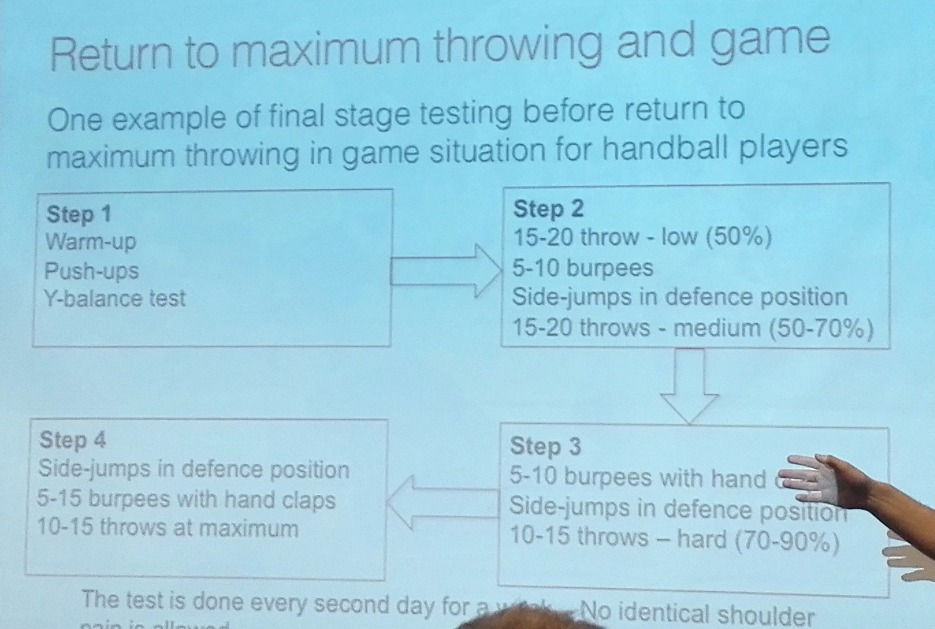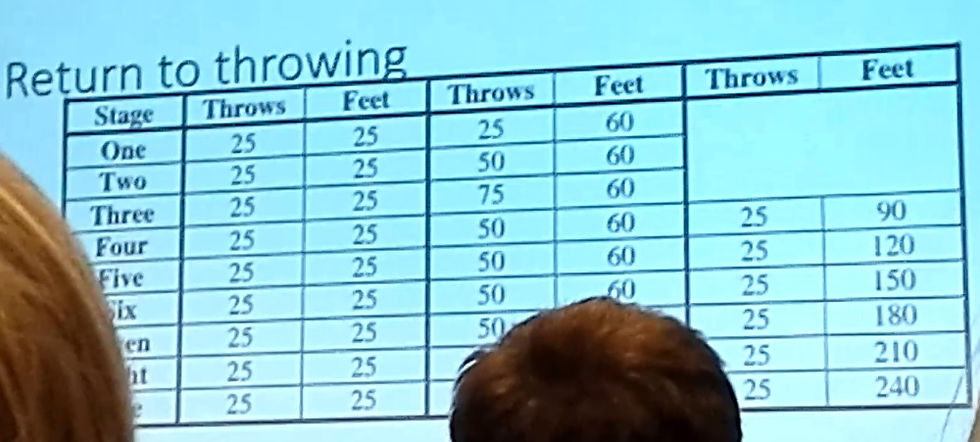A weekend of Handball Medicine & Performance
- Anna

- Dec 18, 2016
- 4 min read

Handball medicine. This is a term I told myself for the first time 2 months ago when I saw the invite to the "First Scandinavian Congress of Handball Medicine". I did not know much about evidence in handball rehabilitation/prevention since I have always seen handball from the player prospective and never got injured (just few ankle sprains). The Congress was held in Gothenburg , Simultaneously with the Women's Handball European Championship. Could not lose the opportunity to learn about handball medicine and watch great handball in the same weekend, so I bought tickets and flights to Gothenburg.
The weekend was extremely interesting. Scandinavian and international speakers gave the latest updates in the field of Handball Medicine. It was a multi-professional team: orthopaedic surgeons, physiotherapists, sport physiotherapists, sport scientists, researchers.

Topic touched:
- Injury prevention
- assessment of traumatic injuries on the court
- return to play criteria
- rehabilitation strategies
Workshops held:
- Screening the handball shoulder
- Prepare for throwing
- Management of displaced fractures and dislocations on the handball court
There would be so much to say, but I will sum up giving no overview of Medicine in Handball, then I will probably refer to this Congress in future posts. The first talker was Grethe Myklebust, gave us an overview of epidemiology in handball:
The incident of injury is 2.4 - 105 per 1000 hours
Most injuries happen during matches, and the prevalence is in back and line position players
Acute injuries are mostly in: ankle, knee, hand/finger and face/head
Overuse injuries affect shoulder, leg and knee
Next speaker was Ioannis Kostogiannis, orthopaedic surgeon, talked about a personal experience while the physiotherapist in a handball match. It was a case of a sudden cardiac arrest. Mr. Hostiogiannis highlighted the importance of a rapid and effective communication between health professionals at that crucial moment, where collaboration saved a life.
Markus Walden, orthopaedic surgeon, emphasized the role of a medical team and how to successful build a efficient team.
To have a 360° view of the player heath condition, a pre-participation health examination needs to be done:
-screening of all players with a detailed questionnaire
- examination of the musculoskeletal system
- video flming od the throwing manouvre
- blood tests if needed
Shoulder injuries
Martin Asker showed a case example of a 13 years old elite female player to describe her training load during a year of training and competitions. He highlighted the PEAK of handball load after the summer break (three month without training) correlated with the appearance symptom of shoulder pain.
Implement prevention strategies will help to maintain a control load.
When? - at the very latest the season before they start handball in secondary school
What can we do already?
avoid choking the shoulder
keep strengthening the shoulder and keep throwing during the breaks
educate players/coaches/parents about shoulder problems

Grethe Myklebust talked about shoulder prevention exercises
Throwing shoulder Rod Whiteley, talked about the clinical management of shoulder injuries. Importance is given on showing the player where he is at the moment, and the work still needed to obtain the final result. Players need to understand how far the rehabilitation is.
To assess the shoulder, he divided the throw symptoms in two cases:
Cocking/acceleration phase (pain in throwing), Deceletation phase (pain after throwing).
For pain in the cocking phase, player will show reduced throwing velocity. Assess the external rotation and relocation sign.
For pain in the deceleration phase, performance is still fine, thus the player will carry on. This is the typical start of a pathological case. Assess the internal rotation ROM and strength external rotation.
Assess Scapular dyskinesia: there is not have enough evidence
Can be caused by: Capsular and or muscular tightness, muscular weakness, lack of neuromuscular control
Return to play
How do we fail in knowing when the player is ready for game after injury?

Martin Hägglund in his Strategic Assessment of Risk & Risk Tolerance (StARRT) Framework, divided the risk of return to play in 3 steps:
Assessment of Health Risk
Assessment of Activity Risk
Assessment of Risk Tolerance
Showing the difference between the "Bold guy" who does no take enough days of recovery, and the "Safe guy" who takes the right time to rehabilitate, the re-injury risk for the "Safe guy" is 0% while for the "Bold guy" is 20%. This in a long term situation will cause longer absence from activity, thus negative long term effects.
Grete Myklebust talked about the return to sport exercises,
underlined the role of neuromuscular training throughout the whole rehabilitation
dynamic stability in functional movements
Gradual introduction of landings
Jumping and running
soft landings with hip and knee flexion
Develop muscle power
open kinetic chain
eccentric & plyometric exercises
Again Martin Asker and Grethe Myklebust highlighted the importance of phases in rehabilitation and assess with functional tests individualized "Functional milestones" after each phases.
These will be based on Intensity, distance, N° of throws and sets, and jump throws.



9 stages protocol, once the player can do a stage two times with no pain, can pass to the next
Grethe Myklebust reinforced the role of Psychological factors for return to sport
psychological readiness
Low fear o new injury
Trust in knee and good joint function
"You are not a patient anymore! Now you have to become an athlete again".
Psychology in Sport especially in Elite level is crucial for a optimal performance. Return to sport the clinitian must take into account how the athlete percive his condition and rehabilitation development.
ACL injury prevention
Lars Bojesen Michalsik, a researcher in sport science, described the study of Zeis Bencket et al 2002, in which itis described that "medial hamstring preactivity during sidecutting is important to prevent ACL-injury".
The exercise that targets the medial hamstrings is the kettlebell swings and landing on unstable surface
The first day was almost finished and t was the time to make the things a bit more practical with workshops.



Comments